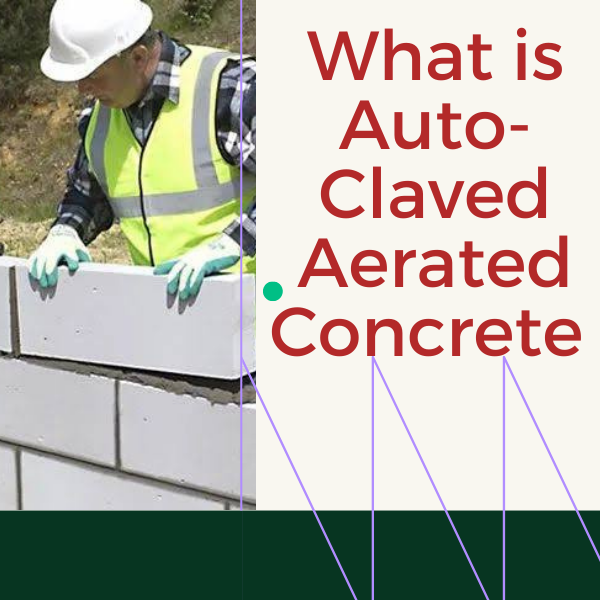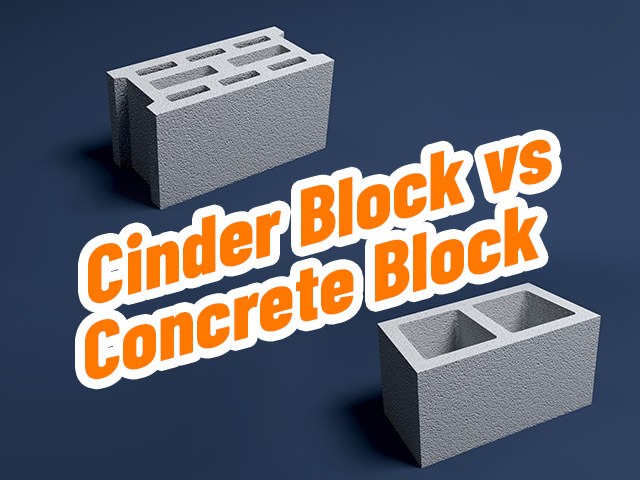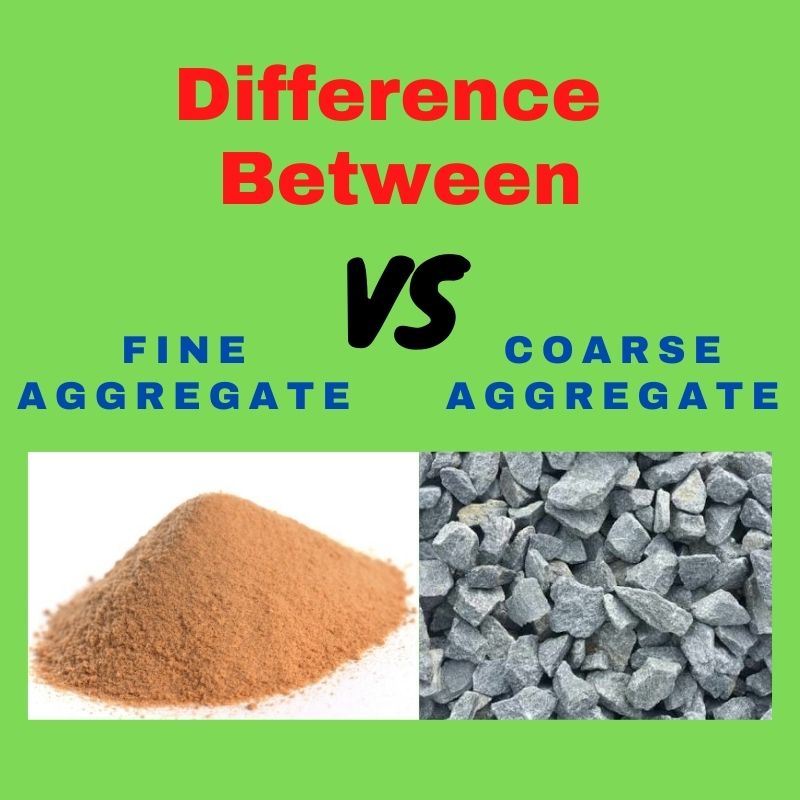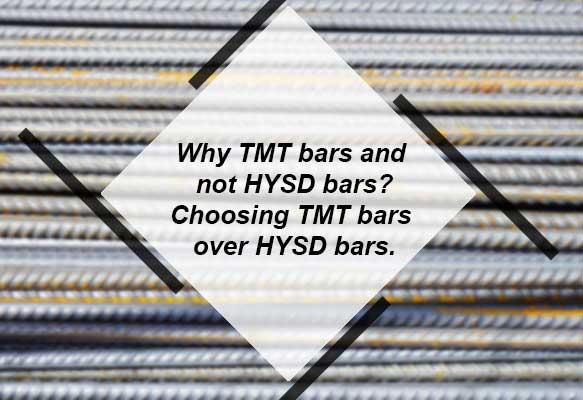Introduction Grout plays a crucial role in construction and remodelling projects, acting not only as a filler for voids but also as a critical component of structural integrity and aesthetic finish. When selecting a grouting material, the choice often comes […]








